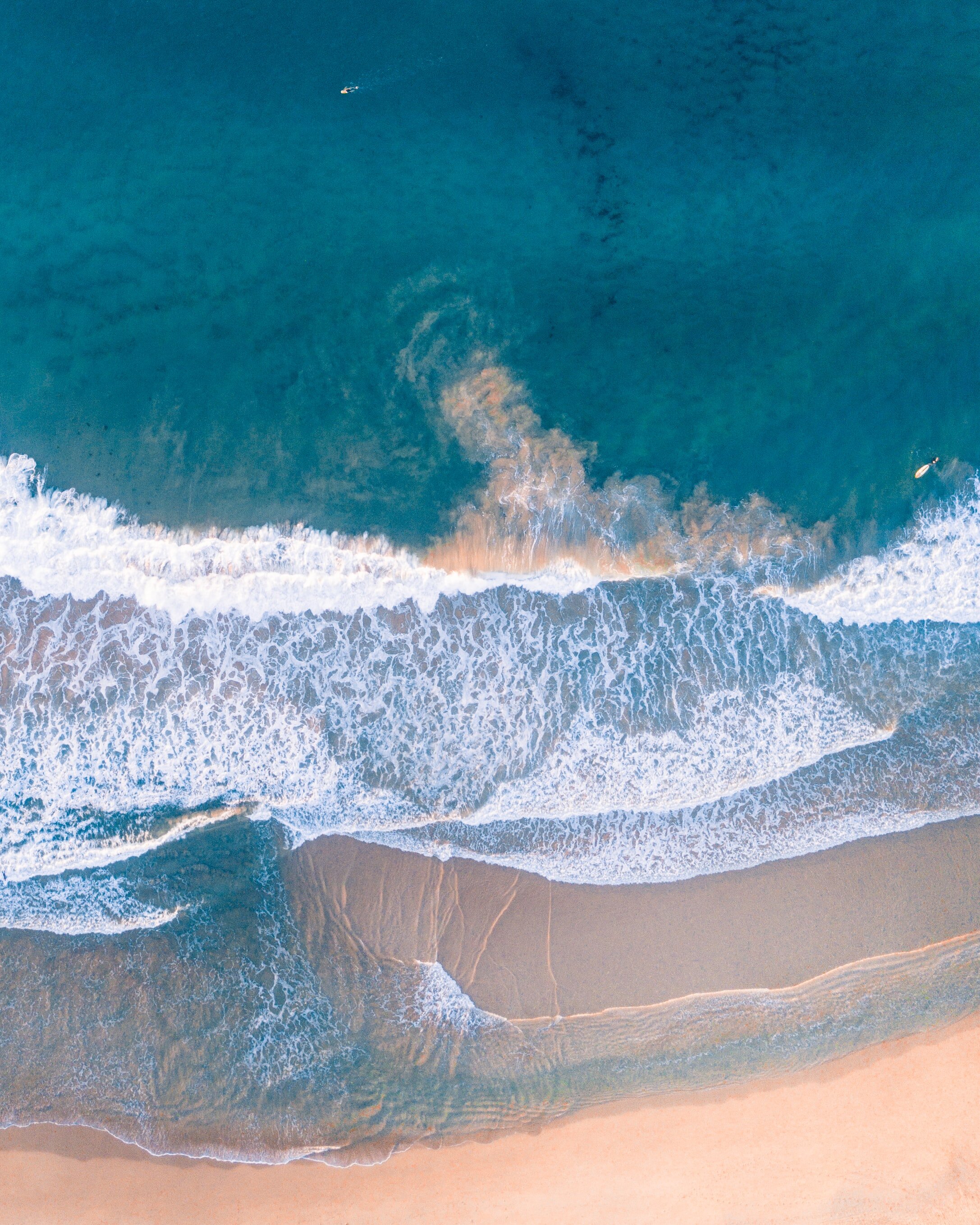
Overview
Microplastics have been commonly reported in the marine environment, being found in all environmental matrices from mountain tops to benthic sediments
Research over the last decade has identified that solar radiation, abrasion and salinity contribute to the breakdown of plastic items into smaller pieces, potentially increasing the number of fragments available in the environment
Winds, oceanic currents and animals contribute to the widely distribution of microplastics across the globe, from North to South Pole, making them a ubiquitous problem
Microplastics also have the ability to sorb persistent organic pollutants and trace metals from the surrounding environment, potentially increasing their toxicity and harmfulness
Microplastic fragments are ubiquitous and potentially harmful

MicroplastiX is one of six approved projects following the 2019 JPI Oceans 2nd Transnational Call for research on microplastics in the marine environment

